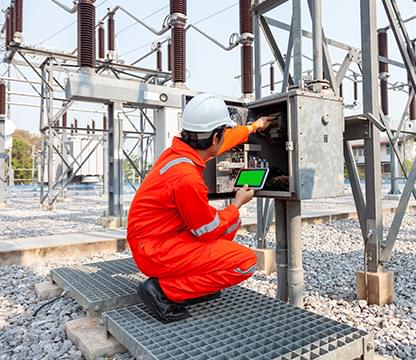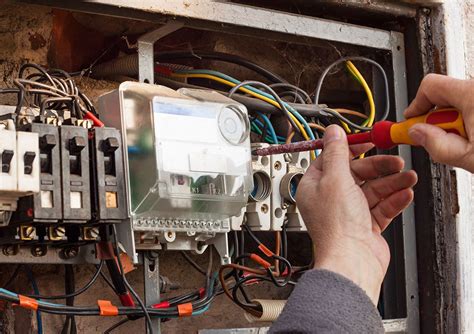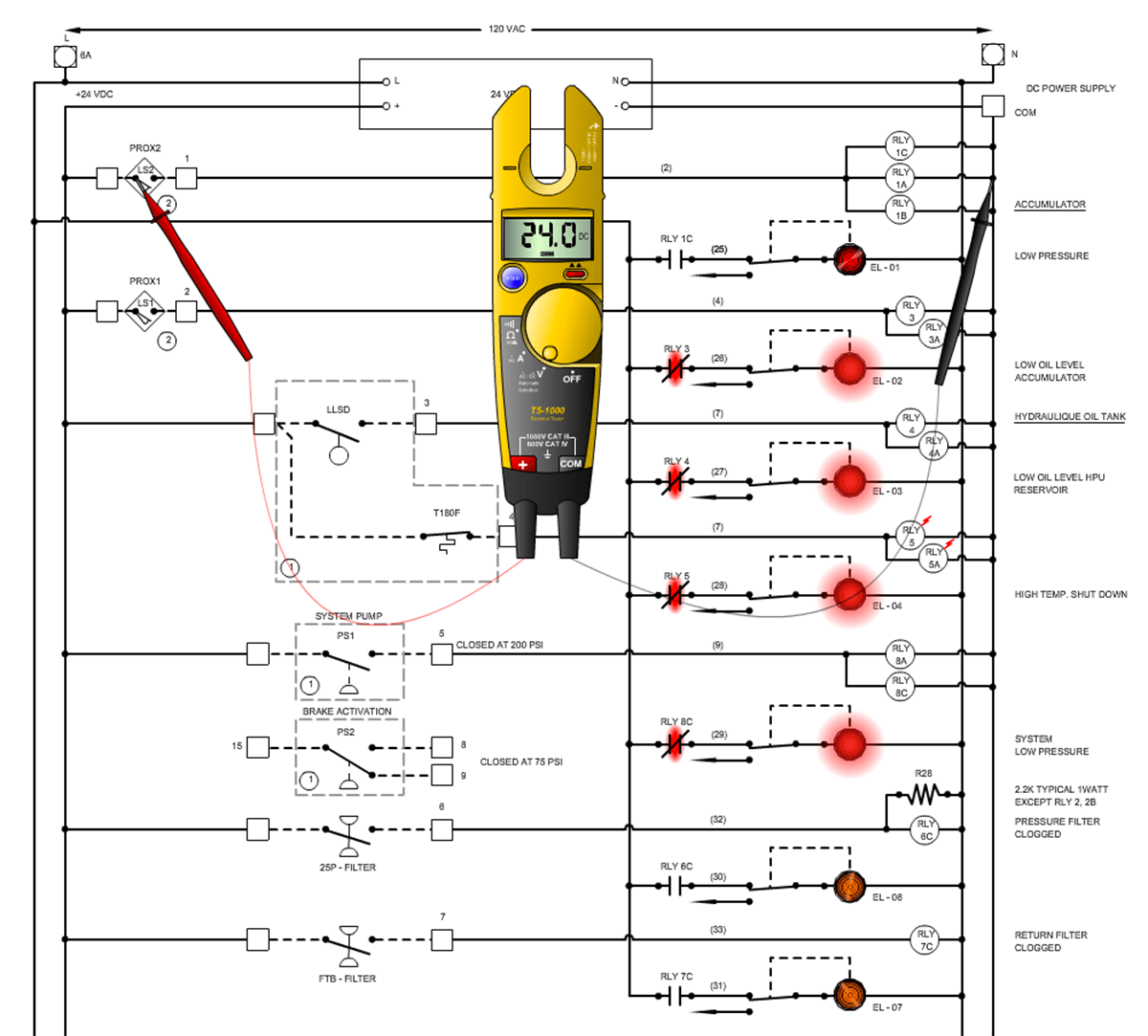Top Tips for Effective Electric System Troubleshooting
Troubleshooting electric systems requires a methodical method, grounded in a thorough understanding of electrical principles and safety and security protocols. The subtleties of efficient troubleshooting prolong past plain technical expertise; comprehending exactly how to record searchings for and prioritize safety and security can substantially influence end results.
Understand the Fundamentals
Understanding the essentials of electric systems is essential for effective troubleshooting, as a strong structure enables professionals to diagnose and solve problems a lot more effectively. A comprehensive grasp of electrical principles, such as voltage, current, resistance, and power, is critical in recognizing the root creates of issues. Voltage is the electrical potential distinction that drives existing through a circuit, while resistance opposes the flow of current, influencing the overall functionality of the system.
Experience with circuit components, consisting of resistors, capacitors, diodes, and changes, is likewise vital. Each part plays an unique duty in circuit habits and can impact performance when malfunctioning. Additionally, recognizing collection and parallel circuit arrangements is essential, as these setups influence the distribution of voltage and current within the system.
Specialists should be mindful of prospective threats, such as shock and short circuits, to apply safe troubleshooting practices. By understanding these fundamental concepts, professionals boost their capacity to carry out reliable diagnostics and repairs, inevitably leading to improved efficiency and integrity of electric systems (electrical system troubleshooting).
Gather Necessary Devices
Efficient troubleshooting of electric systems needs the appropriate collection of devices to detect and deal with issues precisely. Important tools consist of a multimeter, which determines voltage, current, and resistance, allowing for precise evaluations of electric parts.
Furthermore, shielded hand devices such as screwdrivers, pliers, and wire pole dancers are vital for securely adjusting electrical links. It is additionally suggested to have a circuit tester on hand to validate the presence of voltage in electrical outlets and cables. For even more complicated systems, a thermal imaging video camera can help discover overheating components, indicating potential failures.

Comply With a Systematic Strategy
Having actually collected the suitable devices, the next action in repairing electrical systems is to follow a methodical strategy. A systematic approach makes web link sure that specialists can determine faults successfully and properly, decreasing downtime and protecting against unneeded repairs.
Begin by evaluating the system's schematic layouts and specifications. This involves checking each part systematically, starting from the power source and working in the direction of the tons.
Make use of testing devices, such as multimeters and oscilloscopes, to collect unbiased information concerning voltage, existing, and resistance at different factors within the system. This empirical evidence will certainly assist your troubleshooting initiatives and assist to verify or eliminate potential root causes of failure.
In addition, think about ecological variables that might influence the system's efficiency, such as temperature changes or wetness access. A thorough inspection of electrical wiring, links, and components will certainly ensure that all possibilities are accounted for.
File Your Findings
Extensive paperwork is vital in the repairing procedure of electrical systems. Precise documents improve the performance of determining reoccuring issues and assist in interaction amongst team members. Each finding should be meticulously noted, consisting of symptoms observed, tests carried out, and the results of those examinations. electrical system troubleshooting. This technique not just help in understanding the origin of the issue however additionally works as a recommendation for future troubleshooting initiatives.

Additionally, maintaining a log of components changed or repairs done is invaluable. This info sustains supply management and can help examine the durability and reliability of specific parts.
Inevitably, the documents procedure must be detailed yet concise, enabling very easy retrieval and review - have a peek at these guys electrical system troubleshooting. By prioritizing in-depth paperwork, professionals can produce a valuable data base that not only help in present troubleshooting but also empowers future upkeep initiatives, thereby boosting total system dependability

Prioritize Precaution
Recognizing the intrinsic threats linked with electric systems is critical for guaranteeing safety throughout troubleshooting. Electrical shock, burns, and tools damage are simply a few of the possible risks that professionals deal with. Prioritizing precaution is not just a legal responsibility however likewise a moral critical that safeguards both the professional and the surrounding setting.
Before starting any troubleshooting job, professionals should wear suitable personal safety tools (PPE), consisting of protected gloves, safety glasses, and flame-resistant clothing. Guaranteeing that the work location is completely dry and without clutter can significantly decrease the danger of mishaps. It is crucial to de-energize circuits before beginning any kind of work, confirming that they are not live through the usage of a multimeter or voltage tester.
Developing clear interaction protocols with staff member is likewise crucial; this makes sure that everyone is mindful of possible Going Here risks and the status of the electric system being worked with. Having an emergency reaction strategy in location can prove vital in the event of an event. By prioritizing safety measures, technicians can properly alleviate risks and foster a safer work environment.
Verdict
Effective electric system repairing relies on a thorough understanding of basic principles and a methodical strategy. Focusing on security steps makes sure the well-being of individuals involved and the stability of the electric system.